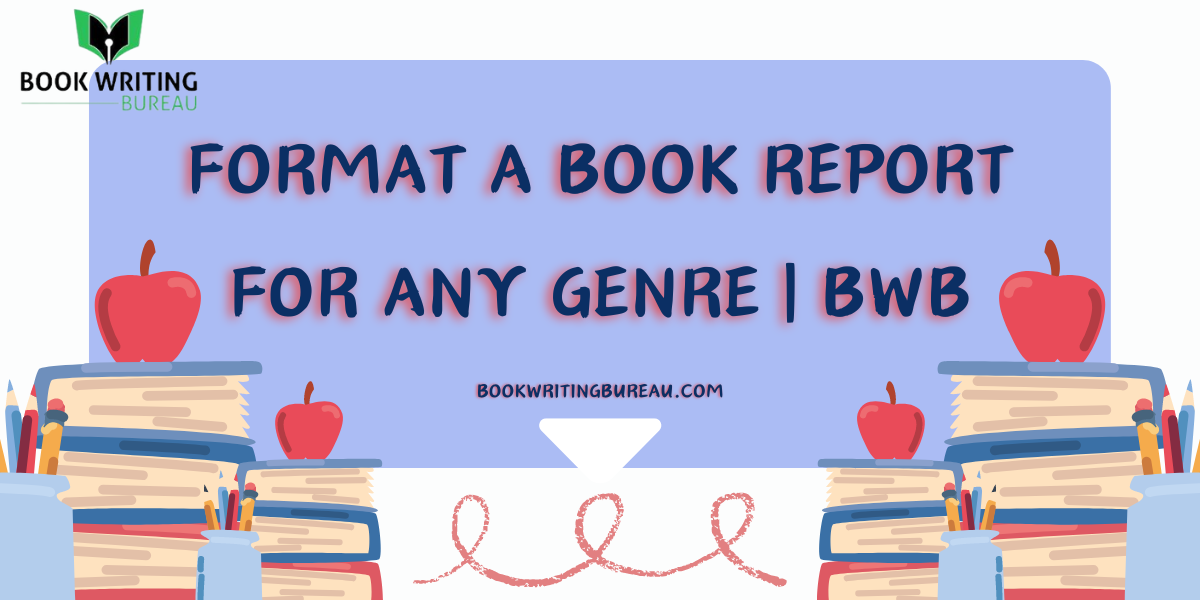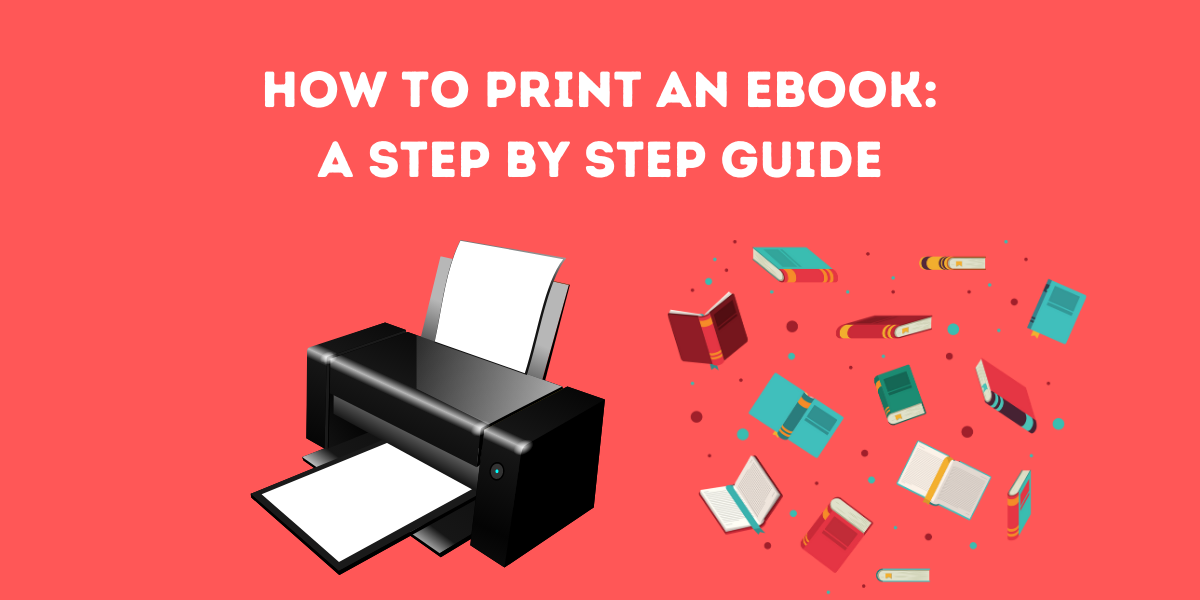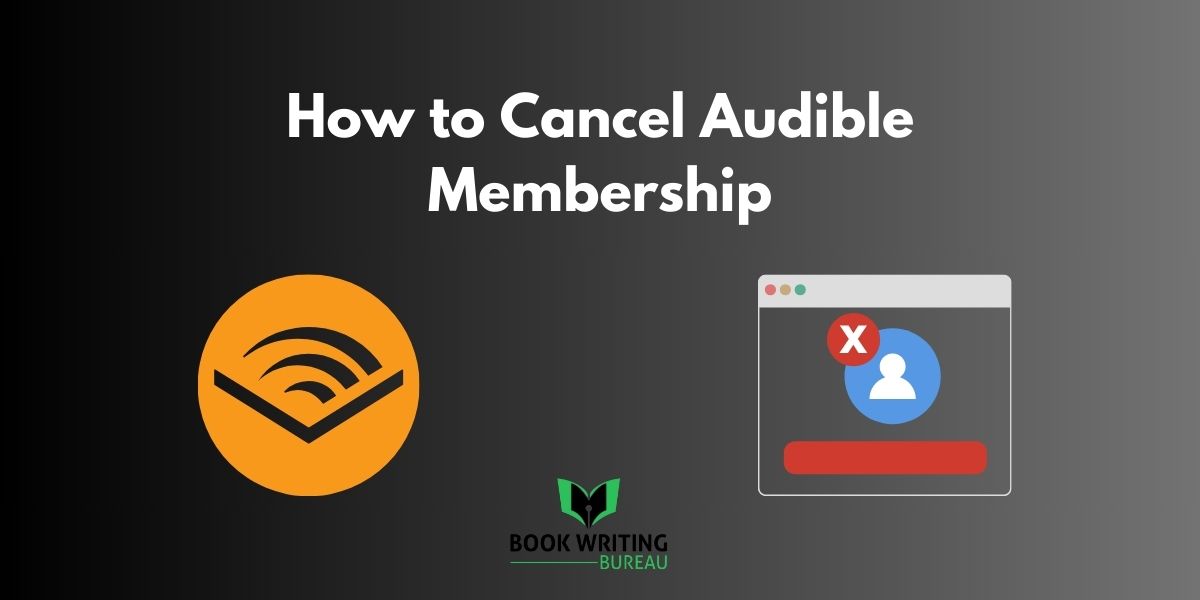
Book
A book report is a written document that summarizes and evaluates a work of literature. Book reports are a staple of academic life from elementary school through college. Properly formatting a book report is an important skill that will serve you throughout your academic career and beyond.
Writing a book report may seem daunting, but it’s quite straightforward once you know what to include and how to structure your book report format.
While going through this process, remember that attention to detail in terms of grammar, coherence, and clarity can make a substantial difference in the quality of your submission. Utilizing ebook proofreading services can be a wise investment for students aiming for perfection.
This guide will walk you through formatting book reports for any genre, showcasing your reading comprehension, critical thinking, and writing abilities.
How To Format A Book Report
Here is a step by step to format a book report.
Choose Your Book Wisely
When selecting a book to write a book report on, it’s important to pick one that engages and interests you. Choosing a book you enjoy makes the reading experience more pleasant and allows you to become fully immersed in the material. This makes comprehending the narrative and themes easier, which is essential for writing an insightful book report.
Focus on identifying a book in a genre you appreciate, such as mystery, historical fiction, sci-fi, romance, etc. This raises the chances you’ll become invested in the story. In addition, select a book that matches your reading and comprehension level. Don’t choose an overly advanced book that will struggle to get through. Aim for something accessible but still intellectually stimulating.
Understand the Different Elements of a Book
When reading a book and preparing for formatting a book report, it’s important to understand the key elements that make up the story. Pay close attention to details about the setting, characters, plot, conflict, resolution, and themes.
· Setting
The setting refers to the time and place the story takes place. Note where the book is set – is it in the past or present? Is it set in a real place or an imaginary world? What role does the setting play in the book? How does it influence the characters and events?
· Characters
As you read, get to know the main characters in the book. Consider their key traits, motivations, backgrounds, and development throughout the story. How do the characters interact and influence each other? Which characters change throughout the book, and what spurs that change?
· Plot
The plot refers to the sequence of events that make up the story. As you read, summarize in your mind the major plot points that occur from beginning to end. Pay attention to the story’s rising action, climax, and falling action. Analyze how the plot builds suspense and moves the story forward.
· Conflict
At the heart of most stories is some form of conflict or struggle. This may be an internal conflict within a character, between characters, or between a character and outside forces like nature, society, or technology. Identify the central conflict and examine how the characters respond to and resolve the conflict.
· Resolution
The resolution brings the central conflict to a close and ties up the plot’s loose ends. Determine how the story is resolved. Is the outcome satisfactory? Does it bring closure or leave questions unanswered? Do all plot points come to a neat conclusion, or are some left open-ended? Examining the resolution can help you analyze the overall message of the story.
· Themes
Themes are the central ideas or messages that emerge throughout the book. As you read, consider what larger points the author wants to make about society, human nature, or life. What important lessons or realizations do characters have? What themes stand out to you, and what evidence supports them?
These key elements will provide a solid foundation for formatting a book report. It will help you understand the full arc and significance of the story. Remember these elements as you read, take notes, and start writing your report. Analyzing the deeper meaning behind the characters, plot, setting, and conflict will allow you to write an insightful book report.
Formatting the Introduction
The introduction paragraph is your chance to grab the reader’s attention and tell them about the report. When you format a book report’s introduction, be sure to include the following elements:
· Title and Author:
Start your first sentence with the book’s full title, underlined, followed by the author’s full name.
· Genre:
The next sentence should mention the genre of the book. Is it fiction, non-fiction, fantasy, sci-fi, romance, etc? Let the reader know what kind of book they can expect.
Brief Summary: Give a brief, 1-2 sentence summary about the main premise or focus of the book. You want to catch the reader’s interest without giving too much of the plot away. Leave them wanting more!
· Thesis Statement:
End your introductory paragraph with a thesis statement or assertion about the book. This statement will guide the rest of your report and give the reader context for your analysis in the body paragraphs.
Your introduction should be short and sweet, no more than 3-5 sentences. Remember, you want to pull the reader in without revealing all the details and surprises. Leave some intrigue for the rest of the report!
Body Paragraphs
The body paragraphs of your book report allow you to provide an in-depth analysis of the book’s key elements. Each body paragraph should focus on a distinct topic to organize your book report.
· Plot summary:
Briefly summarize the main plot points, conflicts, and resolution without giving away the ending. Focus only on key events that relate to your analysis.
· Character analysis:
Choose one or two main characters and analyze their motivations, development throughout the book, and their role in advancing the plot. Use specific examples from the book to support your analysis.
· Setting analysis:
Discuss when and where the book takes place. Explain how the setting impacts the plot and characters or parallels the central themes.
· Conflict analysis:
Identify the major conflict(s) in the book. Explain how the conflict drives character actions and leads to the resolution. Discuss any moral dilemmas or philosophical questions raised by the conflict.
· Theme analysis:
Determine the main theme(s) of the book. Use specific details from plot points, characters, and setting to explain how the author develops and conveys the theme(s) for the book.
Each body paragraph should have a topic sentence that introduces the paragraph’s focus, followed by supporting details and analysis that tie back to the topic sentence. The analysis should go beyond just summarizing plot points – and offer original insights into the deeper meaning and importance of key elements. Conclude each body paragraph by connecting back to the overall themes and purpose of the book.
Conclusion Paragraph
In the conclusion paragraph, you’ll want to summarize your overall feelings about the book and highlight the most important parts of your analysis. This is your chance to leave a final impression on the reader.
Discuss whether you liked the book or not and why. What were its strengths and weaknesses? Wrap up any analysis or insights discussed throughout the report.
You can also discuss what you learned from reading the book. How did it increase your knowledge or change your perspective? What new insights did you gain?
The conclusion should reinforce the main purpose of your report and provide closure after supporting your thesis throughout the body paragraphs. It can help tie everything in the report into a cohesive book discussion.
Keep this paragraph relatively short, as you’ve already covered most of your analysis in detail earlier in the report. Focus on the big picture without introducing any new ideas. End on a thoughtful note that summarizes the significance of what you read.
Edit and Revise
Now that you’ve completed your first draft, the next vital phase is to edit and revise your book report. This meticulous process is crucial before submitting your final document. It’s advisable to temporarily set your draft aside briefly, allowing you to revisit it later with a new perspective. Afterwards, rigorously scrutinize your manuscript to:
- Check for proper spelling, grammar, and punctuation.
- Rectify any typographical or grammatical inaccuracies. Reading your report aloud could be instrumental in identifying errors.
- Ensure that the structure of your sections and paragraphs is coherent and logical.
For an even more polished version of your report, considering the assistance of professional ebook editors could be a game-changer. These experts specialize in refining drafts, ensuring your book report is error-free and flows seamlessly from one section to the next.
Cite Your Sources
Properly citing your sources is a critical part of your book report format. Whenever you directly quote text from the book, present a statistic or piece of information drawn from another source, or summarize key ideas, you must provide a citation.
Examples of book report formatting: To Kill a Mockingbird by Harper Lee
Here’s a model of formatting book reports on Harper Lee’s iconic work, To Kill a Mockingbird, which was initially published in 1960.
Intro:
To Kill a Mockingbird, penned by Harper Lee, is a piece of literature set in the 1930s in Maycomb, a compact town in Alabama. The narrative unveils through the innocent eyes of a young girl, Scout Finch, as she decodes the harsh realities and injustices pervading her surroundings.
Key themes running through this novel include racial bias, prejudice, and a loss of innocence, which are poignant critiques of societal norms during that era.
Synopsis:
The narrative pivots around the controversial trial of Tom Robinson, a Black man who is wrongfully accused of assaulting a white woman. Scout’s father, Atticus Finch, offers a stout defense for Tom, standing against the biased views of the local population.
Parallel to this, Scout and her brother Jem are confronted with the harsh realities of racism and bias but also the significance of aligning oneself with righteousness. The character of Boo Radley, an introverted neighbor, presents an intriguing subplot for the children.
An Evaluation:
To Kill a Mockingbird provides a striking critique of racial disparity and societal injustice in the United States. It underscores the notions of compassion and open-mindedness and sheds light on the destructive consequences of bias. Characters, particularly Atticus Finch, serve as moral compasses, demonstrating the courage to uphold justice amidst adversity.
The Final Word:
To Kill a Mockingbird transcends the typical narrative arc, offering a glimpse into societal realities that remain relevant today. It prompts readers to introspect, question ingrained biases, and reevaluate their beliefs.
In a society still grappling with inherent prejudice and racism, the novel’s seminal themes of justice, equity, and empathy remain as seminal as they were at the time of publication. Harper Lee’s To Kill a Mockingbird is an enduring classic, a time-tested literature piece that will continue to engage and educate future readers.
Conclusion:
To effectively format a book report, regardless of genre, is key. Using the book Writing Bureau guide, your report—with a structured introduction, plot summary, character analysis, and reflective conclusion—could present a clear discussion. This demonstrates your ability to express your thoughts and the book’s unique resonance within its genre.
We hope with this guide now you understand the book report formatting to follow. By following these formatting guidelines and incorporating insightful analysis, you can create a book report that is informative, engaging, and thought-provoking.



